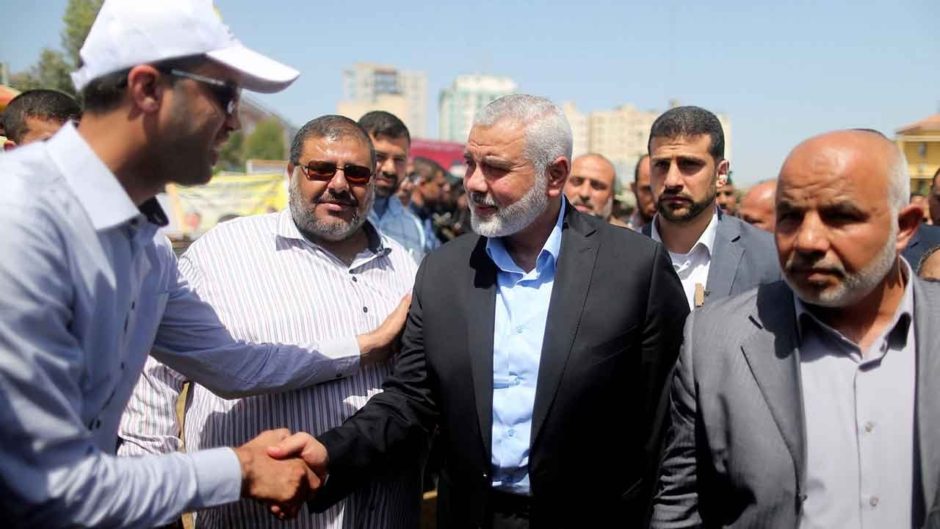Periodic waves of violence have washed across the West Bank since it was conquered by Israel during the 1967 Six Day War. The reason is crystal clear: Israel’s military occupation, plus its settlement building program, have always been vehemently opposed by the West Bank’s Palestinian Arab inhabitants.
The Palestinians under the leadership of Yasser Arafat staged a revolt in the West Bank shortly after the Six Day War, and Israel had no trouble crushing it.
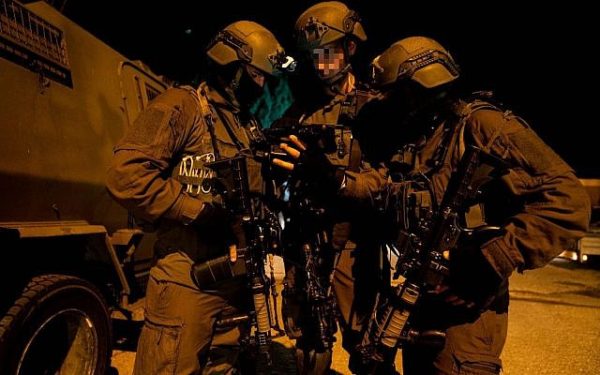
On December 9, 1987, the first Palestinian uprising erupted, and it lasted several years, claiming the lives of some 1,200 Palestinians and 160 Israelis. The second, far more deadly Palestinian rebellion broke out on September 28, 2000, and it burned brightly for about five years, killing upwards of 3,000 Palestinians and about 1,000 Israelis.
The last major wave of terrorism in the West Bank started in September 2015 and ended almost six months later, causing the deaths of 28 Israelis and injuring 360 in 226 attacks perpetrated by lone wolf Palestinian attackers.
The latest wave, which has been more like a wavelet, began earlier this year and peaked in December. So far this year, 13 Israeli soldiers and settlers have been killed in the West Bank.
The current Palestinian campaign of violence is different because the majority of attacks have been masterminded or inspired by Hamas, an Islamic fundamentalist group based in the Gaza Strip.
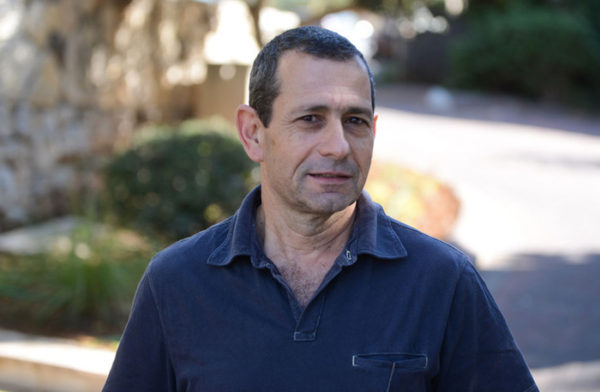
The Shin Bet, which combats terrorism in the West Bank, thwarted 480 attacks in 2018, many of which were directed by Hamas. Nadav Argaman, the Shin Bet’s director, told the Knesset’s Foreign Affairs and Defence Committee last month that Hamas is making a concerted effort to move the Palestinians’ armed conflict with Israel from Gaza to the West Bank. He warned that “tensions are increasingly simmering” in the West Bank.
Khaled Mashaal, a top Hamas leader, has confirmed Argaman’s assessment. Interviewed on the Al-Jazeera television network on December 2, he called on the Palestinians of the West Bank to prepare for “guerrilla warfare” which, he said, would be a step on the way to “liberate” Palestine.
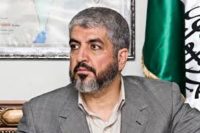
Mashaal, who headed Hamas’ political bureau from 1996 to 2017 and was the object of an attempted Israeli assassination in Jordan, said that the topography of the West Bank is ideally suited for armed struggle. “I’m from there. I know the landscape,” he said, referring to its mountains and valleys. “It has everything necessary for guerrilla warfare.”
Hamas’ rival, Fatah, urged Palestinians to ignore Mashaal’s call for a new uprising against Israel. “We need to be smart … and not listen to the talk of the demagogues about the necessity of going to an armed confrontation with Israel,” Fatah spokesman Osama Qawasma told Palestine TV, the official TV station of the Palestinian Authority.
Urging Palestinians to engage in peaceful protests rather than in violence, he declared, “We must escalate popular resistance in the Palestinian lands.”
Most Palestinians in the West Bank heed this advice and go about their daily business. But a minority of Palestinians, ideologically-driven militants who are ready to sacrifice their lives for the cause, will take up arms against Israeli soldiers and settlers in the West Bank, as two fatal attacks this month illustrate.
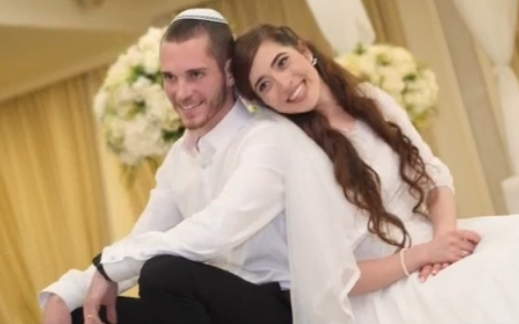
On December 9, seven Israelis were shot from a passing vehicle at the entrance of the West Bank settlement of Ofra. Among the victims were Amichai Ish-Ran, and his pregnant wife, Shira, whose baby was born prematurely and died several days later.
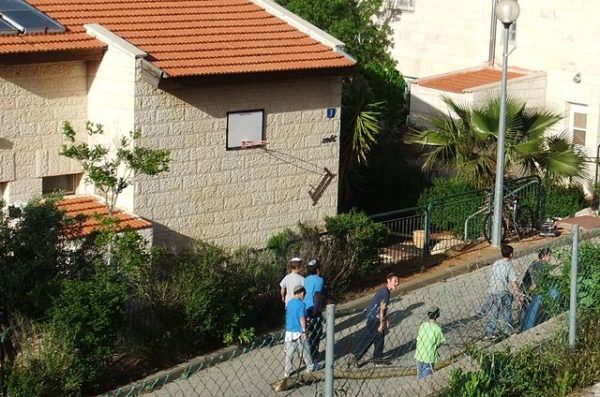
On December 13, two Israeli soldiers were killed at the Givat Asaf junction, near Ofra.
In the wake of these attacks, Prime Minister Benjamin Netanyahu said he would reject a ceasefire with Hamas in Gaza while Israelis in the West Bank are subjected to terrorism. “I conveyed a clear message to Hamas. We won’t accept a situation of a truce in Gaza and terror in Judea and Samaria.”
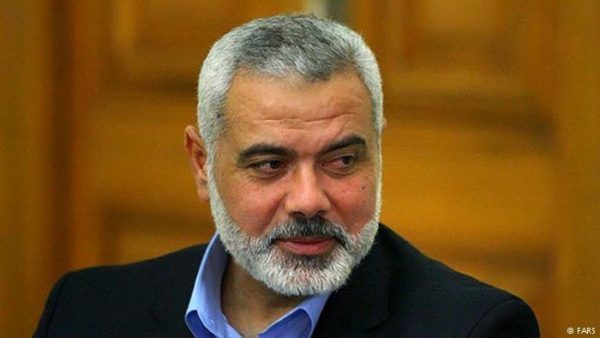
Rejecting his warning, Ismail Haniyeh, head of Hamas’ political bureau, said, “The West Bank is an integral part of the struggle and of support for the resistance. This resistance will continue.”
Israel suspects that Saleh al-Arouri, the deputy director of Hamas’ political bureau, has orchestrated the current campaign of violence in the West Bank. Jasser Barghouti, a Hamas operative who was incarcerated in Israeli prisons from 2003 to 2011, is said to have planned both attacks, one of which was carried out by his nephew, Saleh Barghouti, who was killed by Israeli special forces. Barghouti’s father, Omar, is a senior member of Hamas.
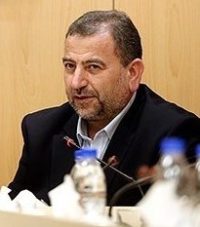
Observers believe that Hamas is driven by three objectives: inflicting pain on Israel, undermining the rival Palestinian Authority, which engages in security cooperation with Israel in the West Bank despite the breakdown of peace talks with the Israeli government, and sabotaging the long-awaited U.S. peace plan the Trump administration is supposed to unveil fairly soon.
Iran, Israel’s arch enemy, supports Hamas’ tactics.
Recognizing that Hamas intends to target Israelis in the West Bank, Israel is building new bypass roads for settlers and plans to implement a $900 million security package for them that includes the installation of cameras along roads and the construction of “smart” fences and sensors to warn of impending attacks.
These security measures will doubtless add another layer of protection for Israelis in the West Bank. But Palestinians committed to ending Israel’s occupation will not be deterred by these obstacles. The Palestinians’ resistance to Israel’s occupation will continue unabated.
